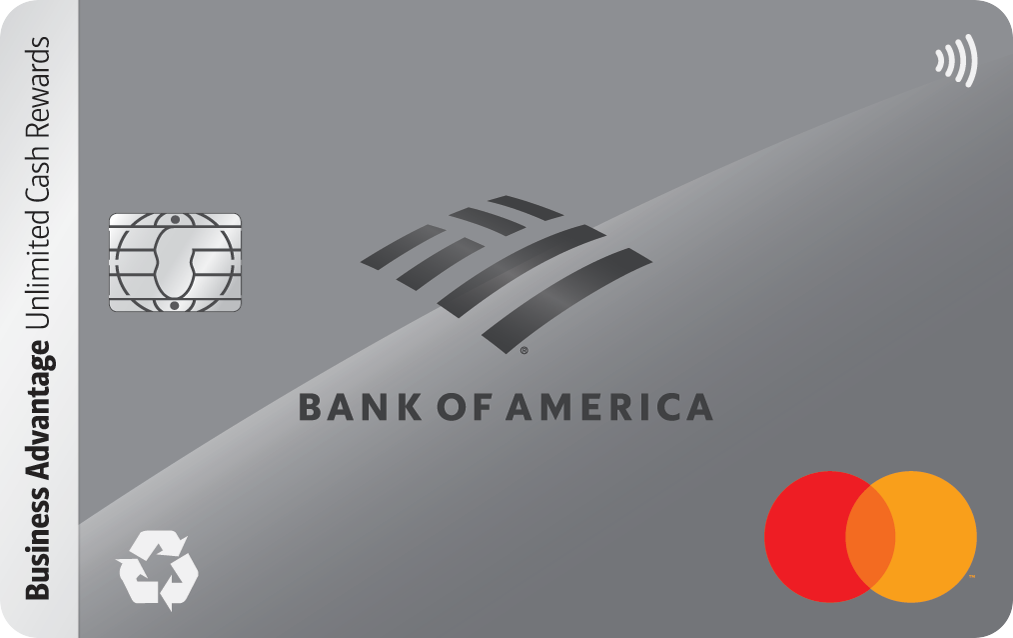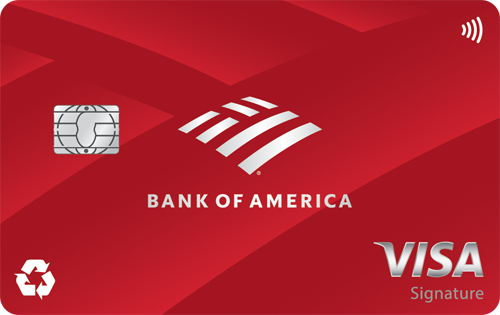Here's the Average American's Car Insurance Premium. How Do You Compare?

Image source: Getty Images
According to Experian data, the average American driver pays roughly $2,328 per year for full coverage auto insurance in 2025. If you carry only the minimum coverage required by your state, that drops to about $1,546 annually.
Of course, those are just averages. Your actual rate might be far higher or much lower. It all depends on personal factors, like where you live, what kind of car you drive, and your claims history.
So how do you stack up?
My personal rate
For example, my current full-coverage policy runs about $1,047 a year here in California. I've got a clean driving record, great credit, a family minivan (yep, full dad mode), and I only rack up around 6,000 miles a year.
I pay less than half the national average -- but it didn't happen by luck. I make it a habit to compare quotes every so often and keep my profile in top shape.
If you haven't checked your rates lately, it's worth a look. Here's a free tool to compare rates from the top insurance companies.
What impacts your premium
Insurance companies use dozens of factors to gauge your risk and determine your policy rate.
Some of these factors you can control, others not so much.
Here are the biggest ones that matter:
- Location: Rates differ wildly by state and even ZIP code. Drivers in Maryland, for instance, might pay more than double what drivers in Vermont do.
- Driving record: Tickets, accidents, and DUIs can raise your rate for years.
- Vehicle type: Minivans and sedans generally cost less to insure than luxury or sports cars.
- Credit score: In most states, a higher credit score can help lower your premium.
- Annual mileage: Driving less typically means less risk -- and lower rates.
- Coverage level: Full coverage offers stronger protection but costs more.
- Deductible: Choosing a higher deductible can reduce your monthly premium.
Knowing which levers you can pull gives you real control over your rate.
Why it pays to compare
Every year, your car gets a little older, your driving record gets a little longer, and your situation changes. Maybe you're driving less, moved somewhere safer, or finished paying off your car.
Meanwhile, most insurance companies raise your rate each renewal -- even if nothing about your risk has changed. It's just how the system works.
That's why checking rates once a year can pay off big.
In fact, Consumer Reports found that nearly 1 in 3 drivers switched auto insurers in the past five years. And those who did saved an average of $461 a year.
Since it only takes a few minutes to shop around, it's always worth checking if better rates are available out there.
Personally, I like to check insurance prices once a year. Most of the time, I find I'm already getting the best deal. But every so often, I stumble across a lower rate for the exact same coverage!
Bottom line: Don't wait for your renewal date. Check out this free tool to compare rates from the top insurance companies. It only takes a few minutes, and you could save hundreds!
Our Research Expert



